There is never enough Alaska to be had. I loved exploring Homer so much, I'm already eyeing a tour offered by Zugunruhe Birding to Barrow next year.
Semi-palmated plover seen along the Homer Spit.
Alaska is one of those states you can't say no to when it comes a callin'. It's so far from the lower 48 states I was the speaker in 2016 for the Kachemak Bay Shorebird Festival and it was a place I immediately felt at home. One thing that struck me about the area was how much it reminded me of northern Minnesota if it had mountains. I met quite a few people who were originally from Minnesota and Wisconsin, came to Homer for work with the intent to stay for three years and yet found themselves in Homer going on 16 or more years. I could see myself doing that...not so sure about my city loving husband, but me? I'd for sure give Alaska a go.
The state of Alaska is so huge, you need more than one visit or the opportunity to live there to really get to know all of the different areas. It's beauty is overwhelming and the day length is unnerving.
Everywhere you look in Alaska you see a Bob Ross painting. This is Chugach National Forest, Moose Pass between Anchorage and Homer.
My foot compared to a moose track.
I wondered how quickly I would see a moose on my drive from the Anchorage airport to Homer. I had to stop at a few scenic vistas on my way because I was not focusing on the road but the overwhelming beauty. Everywhere I stopped were signs of moose from tracks to poop. We have a small and dwindling population of moose up in Minnesota and I went on a moose safari in Sweden a few years ago so they aren't new for me but are always cool to see. I have a fairly distrust of moose on the side of the road ever since I saw the episode of Mythbusters that pretty much said you're boned if your vehicle collides with one.
Moose blocking traffic in Homer.
The closer I got to Homer, the more moose I saw: in the road, along the road, running along side my vehicle...which was quite nerve wracking. And signs like these didn't ease my mind. But I made it to Homer without incident and picked up a few lifers along the way.
Mew gull...so weird to see a gull perched in a tree and also weird that I was able to id a gull on my own...
Golden-crowned sparrows sang all around my cabin.
The light at 10pm in Homer in May...
I checked into my cabin at Shadow Star Vacation Rental which was right on the bay and gave me views of scoters, sea otters and of course lots of bald eagles. Golden-crowned sparrows, sooty fox sparrows and hermit thrushes serenaded me as long as it was light out. Which was a bit of a problem for me. I tend to wake up with the light and the cabin had excellent light blocking curtains so when it was still dusk like at 11pm I'd have a shot at sleep. However, the hermit thrushes and sparrows kept going and my brain refuses to turn off when bird song is going, especially gorgeous songs from thrushes or birds I haven't heard before. But fortunately, Shadow Star offered the most comfortable bed I've ever slept on in my life and that combined with noise cancelling headphones playing white noise allowed me sleep.
The Sourdough Joe breakfast at the Fresh Sourdough Express. There's fresh reindeer sausage in there so I had to order it.
After a good breakfast, I explored Homer and what it had to offer for birding, specifically along the spit. This area was infamous for years for the Homer Eagle Lady who fed chum to hundreds of bald eagles. Since she's passed away, Homer now has very strict rules about feeding birds along the spit. Apparently, there are some after effects of the feeding like black-legged kittiwakes now nesting under the piers so as to not have their nests predated by eagles.
One of the piers where kittiwakes seek shelter from eagles.
Black-legged Kittiwake up close.
That's not to say a kittiwake colony doesn't attract attention. Here's an immature peregrine falcon and northwester crow near the kittiwakes. Eagles still abound as well.
Obligatory bald eagle photo from Homer. They pretty much nest on anything that can find. You might be at risk if you stand in one spot for too long.
Black oystercatcher seen along the Homer Spit.
You may have noticed that I attended a festival with "shorebird" in the title and I've posted very few photos of shorebirds. I went in 2016 and the timing of the festival and shorebird migration didn't quite coincide. Such is the nature of migration and weather. Though I didn't get the big numbers of godwits, sandpipers and plovers, there are plenty of birds to keep you entertained and to fatten up your life list.
Common murres against the sun taken from a boat.
One of the field trips you will want to make sure you get a space on is the seabird trip. It's only three hours but you can head out to a common murre colony and find eiders, common and Kittlitz's murrelts. It's also a gorgeous way to experience the Homer Spit view. If you're not sure how you would ever do on a pelagic, this small trip and a good way to test out your sea legs. You get quite a few opportunities for seabirds and shorebirds.
Common murres and black-legged kittiwakes on Gull Island. Digiscoped from a boat. The iPhone is a very forgiving camera.
I like the above video because it captures the frenetic activity of the birds and the adventurous air on a boat birding trip. Just walking around Homer can feel like an adventure, but the sights, the wind, the roar of the common murres and kittiwakes yelling overhead combined with the aroma assaulting smell of copious amounts of bird guano just adds to it.
But that's just the birding around Homer. There are other places to explore in the next post. Also, be sure to check out the shenanigans my friends Sue and I got up to with our friend Flat Michelle.





























































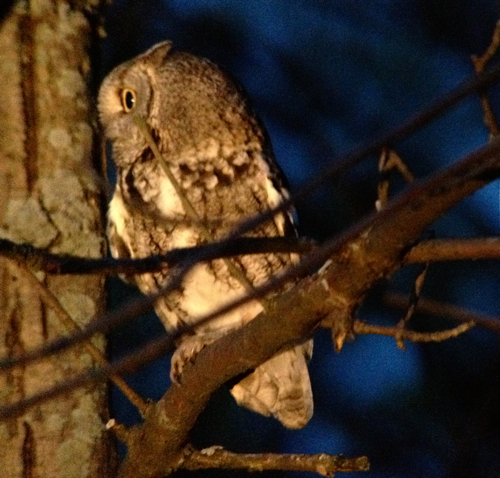
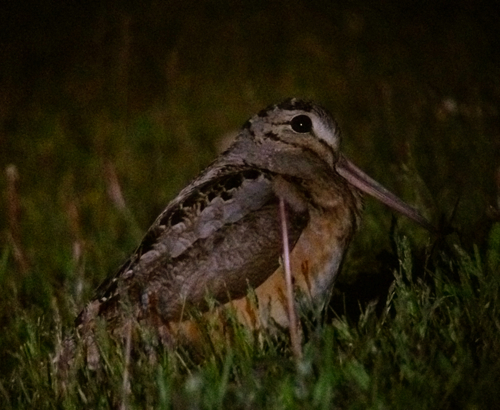
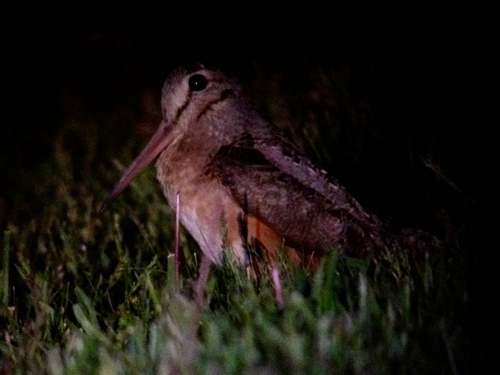
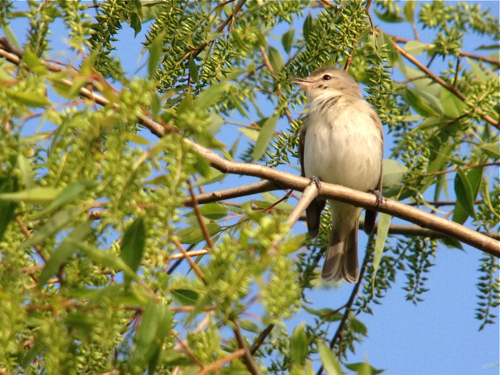
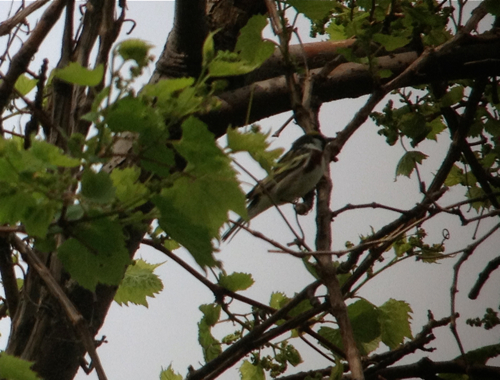
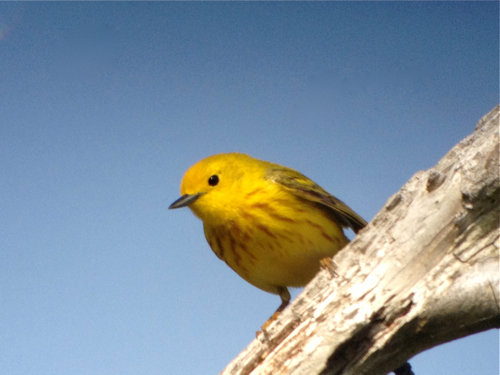
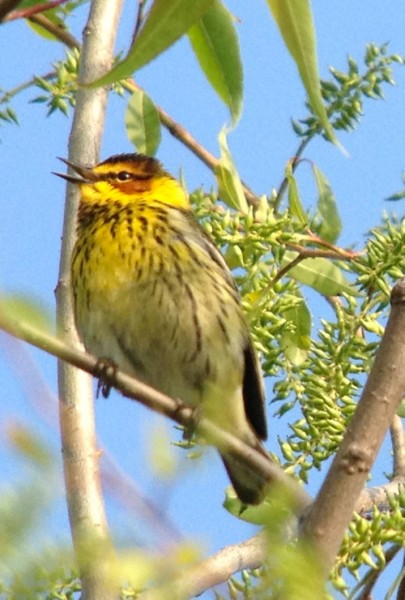
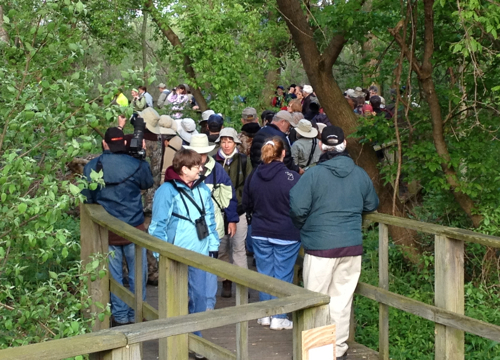
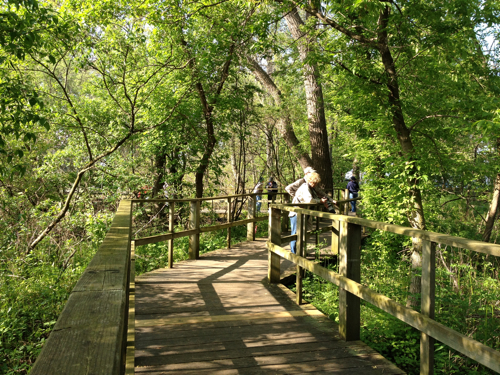
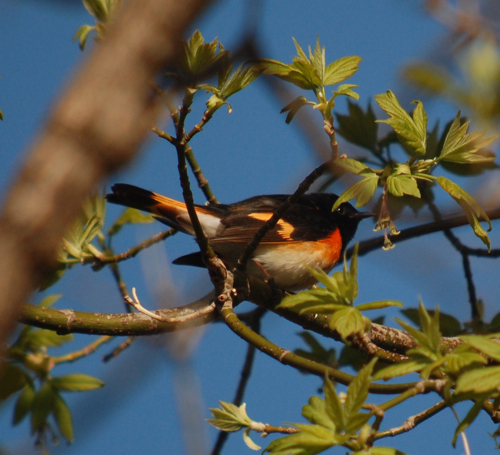 Hey, remember in May when I went to
Hey, remember in May when I went to 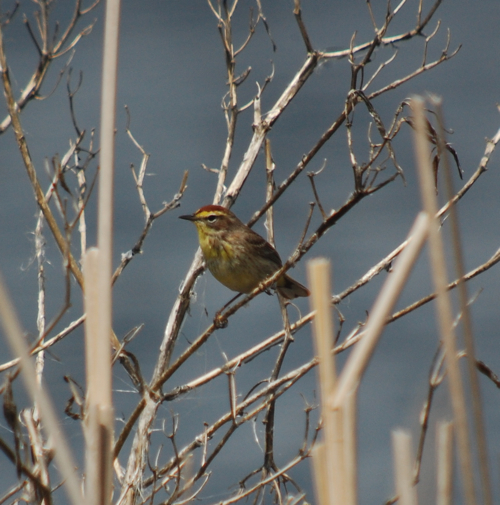
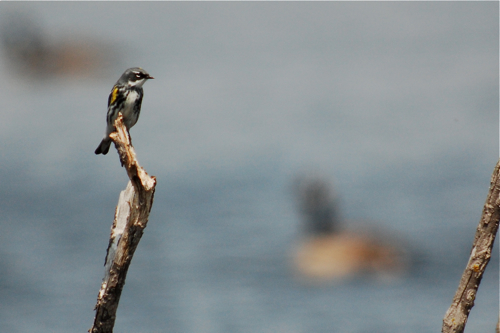
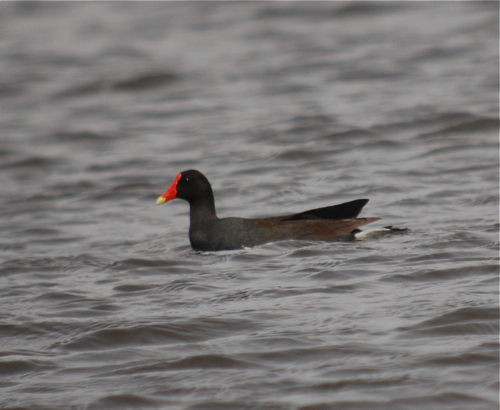
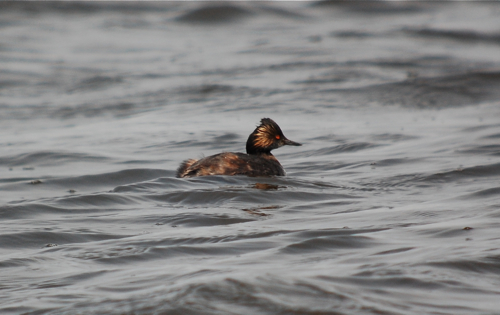
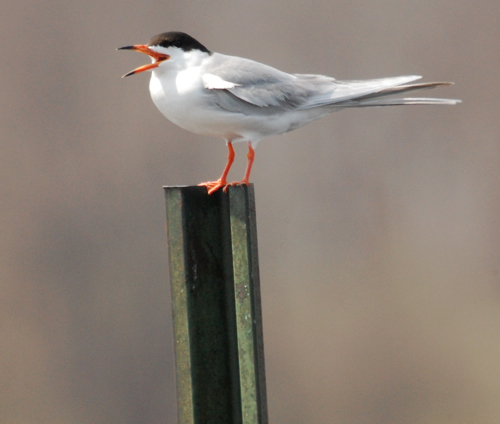
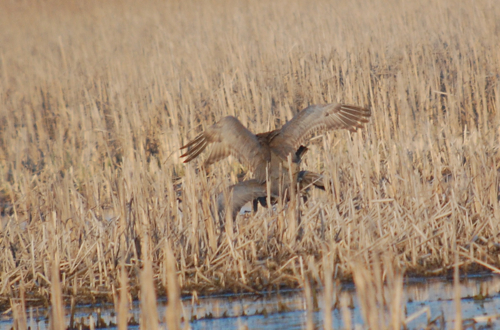
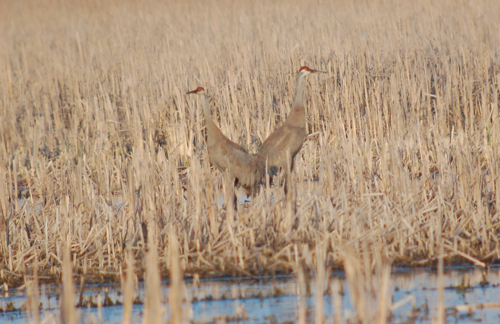








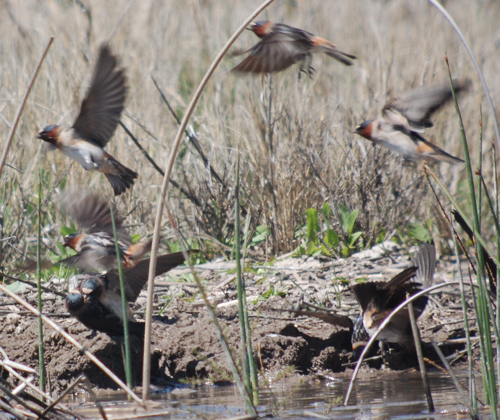


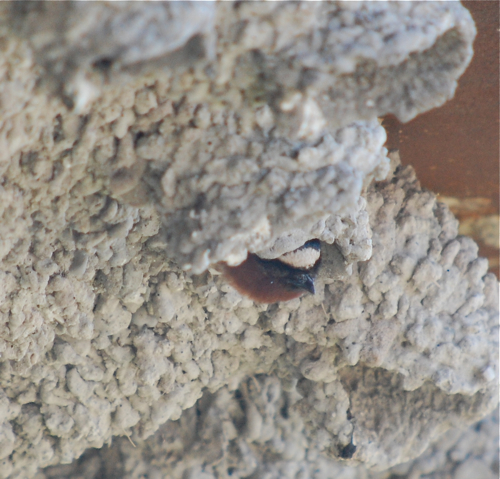 Cute little swallows.
Cute little swallows.


